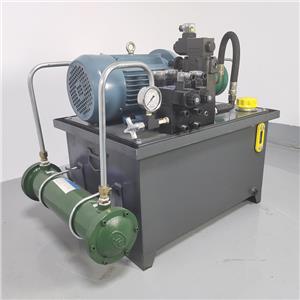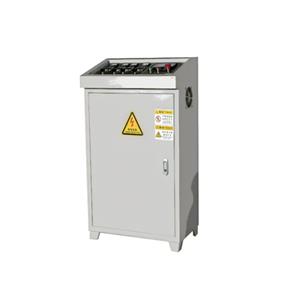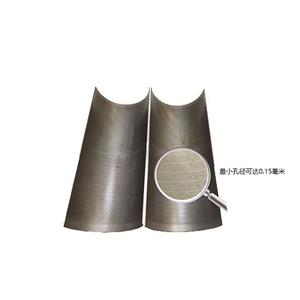Analysis of the influence of government subsidy policy on market competition of recycled plastics
In 2018, China reached an alarming number in the production of waste plastics, a total of about 140.5 million tons of waste plastics, which came from seven major industries such as building materials, automobiles, agriculture, packaging, textiles, household appliances and clothing. In the disposal process of these waste plastics, only 26% of the waste plastic is incinerated, 35.4% of the waste plastic is sent to landfill, and the rest is unfortunately directly abandoned in the natural environment. Only a small fraction of waste plastics are effectively recycled. According to the statistics from 1949 to 2018, the recycling and reuse rate of waste plastics in China is only 30%, about half of the waste plastics are incinerated or buried with domestic waste, and the remaining 20% or so enter the natural environment without any treatment. It can be seen that the treatment status of waste plastics in China is very serious and needs to be improved.
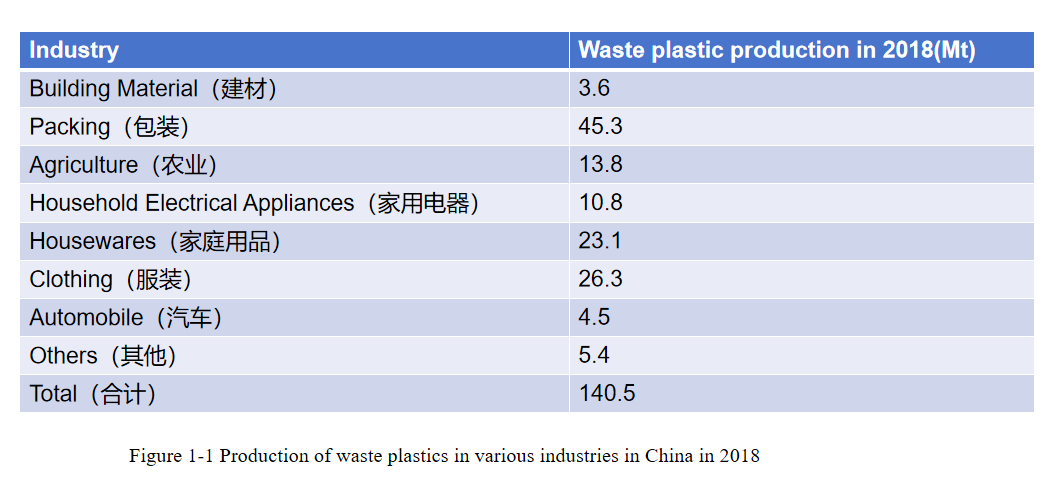
The low recycling rate of waste plastics in China can be attributed to three core factors: first, a mature waste plastic recycling industry chain has not yet been formed in China; Secondly, the enterprises in the existing industrial chain lack the necessary close collaboration; Finally, consumers' environmental awareness of waste plastic recycling is not strong. These factors work together, resulting in the recycling of waste plastics is difficult to effectively carry out, the recovery rate is relatively low. In view of this, the government needs to play a more active role in it by strengthening supervision and policy regulation to promote the development of waste plastic recycling industry.
Government subsidies for recycled materials are too large, which will reduce the price and sales of new materials.
The closed-loop supply chain decision-making model composed of the government, plastic product manufacturers, new plastic product sellers, recycled plastic product sellers and third-party waste plastic recycling enterprises is shown in the following figure.
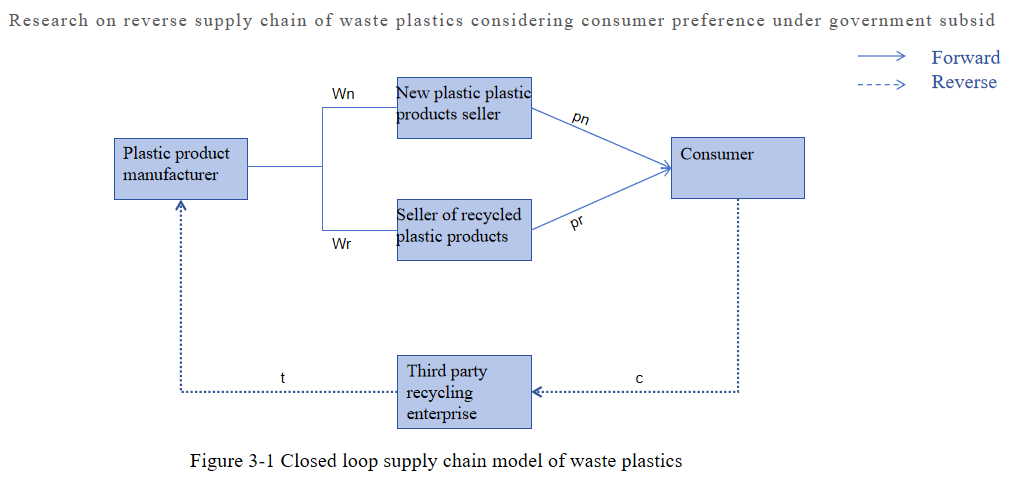
The impact of government subsidies on the recycling of waste plastics has been deeply analyzed, and the main results include the following:
The implementation of government subsidies can significantly improve the market competitiveness of recycled plastic products. Whether it is a direct subsidy to the manufacturer or buyer of recycled plastic products, it can reduce the wholesale price and sales price of recycled plastic products, thereby increasing sales. In addition, the improvement of consumers' recognition of the functional quality of recycled plastic products will also promote the growth of their prices and sales, while forming competitive pressure on new plastic products, resulting in a decline in sales prices and sales.
The increase in government subsidies, especially for recycled plastic products, will further reduce the wholesale and sales prices of related products, but will not directly affect the wholesale prices of new plastic products. However, due to the intensification of market competition, the selling price and sales volume of new plastic products may be affected.
The different targets of government subsidies will bring different market reactions. When governments choose to subsidize buyers of recycled plastic products, compared to subsidizing manufacturers, the wholesale and sales prices of recycled plastic products increase, while the prices of new plastic products remain unchanged.
The environmental impact of government subsidies depends on the friendliness of recycled plastic products. If recycled plastic products are environmentally friendly, government subsidies will help improve the environment; Conversely, if recycled plastic products are less environmentally friendly, government subsidies may exacerbate environmental problems.
The determination of the government subsidy limit should take into account the treatment cost of waste plastics, the production cost of new plastic products, the total amount of social waste plastic inventory and other factors. The higher the unit disposal cost of waste plastic, the higher the unit subsidy amount should be provided by the government. At the same time, the higher the total social waste plastic inventory, the amount of government subsidies should also be increased accordingly to reduce environmental and social hazards.
Government subsidies have a positive impact on the recycling rate of recycled plastic products and can increase the level of recycling efforts of third-party recyclers, thereby increasing the overall recycling rate of used plastics.
The implementation of the government subsidy policy needs to consider factors such as the subsidy method, scope and object comprehensively to ensure the maximum effect of the subsidy and reduce the possible negative impact.
The higher the total amount of waste plastic inventory, the higher the amount of government subsidies.
Considering the internal biochemistry of government decision-making, this paper studies the effect of government decision-making on supply chain optimization by taking government as the main participant.
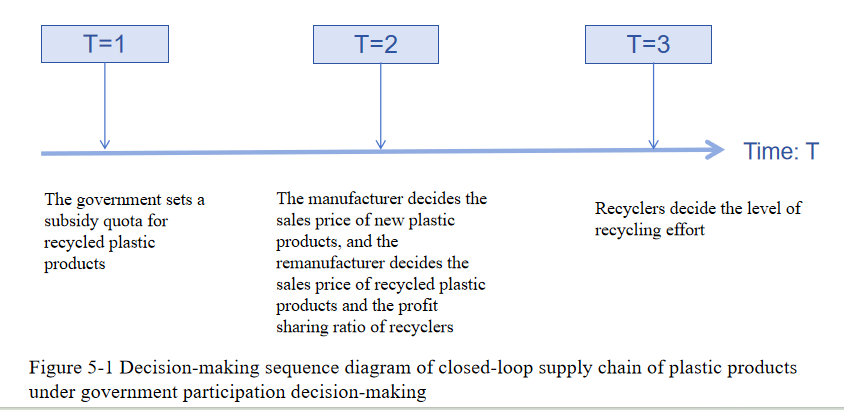
The main research results are as follows:
The higher the unit processing cost of waste plastic, the higher the unit subsidy amount of the government should be. With the continuous progress of science and technology, the improvement of waste plastic treatment technology and the increase of energy recovery efficiency, the government's subsidies for recycled plastic products will be reduced. And when the cost of waste plastic treatment is reduced to a certain extent, and the efficiency of energy recovery unit is increased to a certain extent, the government will not subsidize recycled plastic products, and instead encourage the energy recovery of waste plastics.
The higher the production cost of new plastic products, the larger the government subsidy amount should be, this effect is related to the substitution relationship between new plastic products and recycled plastic products, the higher the coefficient of substitution between them, the greater the impact of the cost of new plastic products on the government subsidy amount.
The higher the total social waste plastic inventory, the higher the government subsidy limit should be. The higher the total inventory of waste plastics in the whole society, the greater the hidden dangers to the environment and society, the more resources are wasted, and the government can increase the subsidy amount for recycling and remanufacturing of waste plastics, in order to reduce the stock of social waste plastics.
With the increase in government subsidies for recycled plastic products, the demand for recycled plastic products will increase, the demand for new plastic products will decrease, and the sales price of recycled plastic products and new plastic products will decrease.
In summary, government subsidies for recycled plastic products can effectively improve the level of recycling efforts of third-party recyclers and improve the recovery rate of waste plastics.


